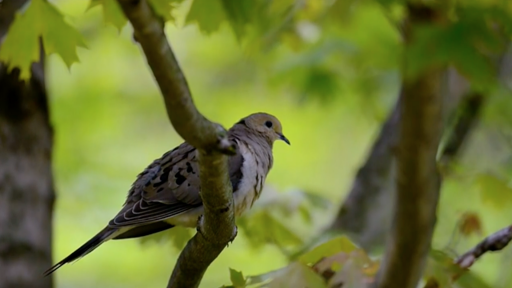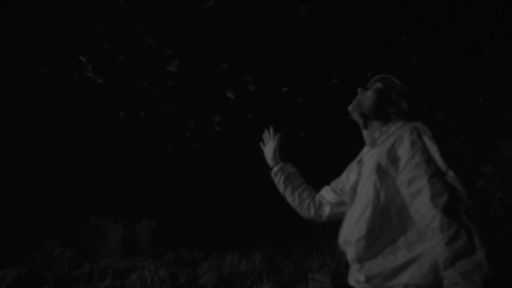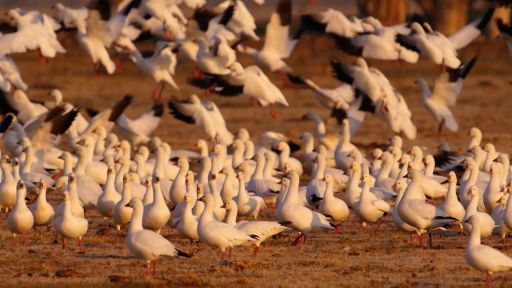Join citizen scientist Craig Hensley as he searches for monarch eggs and larva on milkweed as a way to gather important data on monarch butterfly migration.
Features



- Hey, there's a monarch!
Right there!
- [Woman] No way!
- Yeah, right there, you see it?
My name is Craig Hensley.
I'm a naturalist, an educator, and today, I'm a citizen scientist.
The project we're working on is the Monarch Larva Monitoring Project.
We're trying to take a look at the monarch migration, and we're doing that by looking for eggs and larva of the monarch butterfly.
There it is, right there!
- Mhmm, that's pretty fresh.
- Yeah, that looks pretty fresh.
The monarch butterfly has multi generations throughout the year, this generation's actually the last generation of last fall.
They made that long distance migration from all over the Eastern half of the United States.
All the way to the mountains of Mexico.
And they're coming back here to lay eggs right now.
- That an egg? - Got one, yeah.
- [Woman] There's, actually, that shadow is pointing right to it.
- Just over the eons, they've adapted to feeding on milkweeds, which are toxic plants.
They're able to overcome the toxicity.
And it also protects them from a lot of different predators.
Oh, there's the monarch, right there!
They have bright orange and black, and with white spots on that pattern, is just like a stop sign that says, 'hey, I taste bad, don't even try.'
As a citizen scientist, one of the great joys I have is knowing that, A) I'm going to learn new things, B) that I get to actually participate in real science, and hopefully, that also helps dictate and determine what kind of conservation efforts we make on a local, and hopefully on a national basis.
Oh, we got a big caterpillar!
It's a great opportunity for me and my fellow citizen scientists to make a difference in the world.
(twinkling) (soft music)
